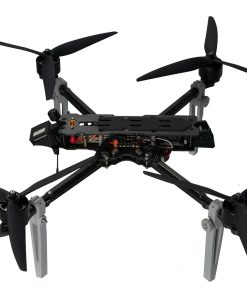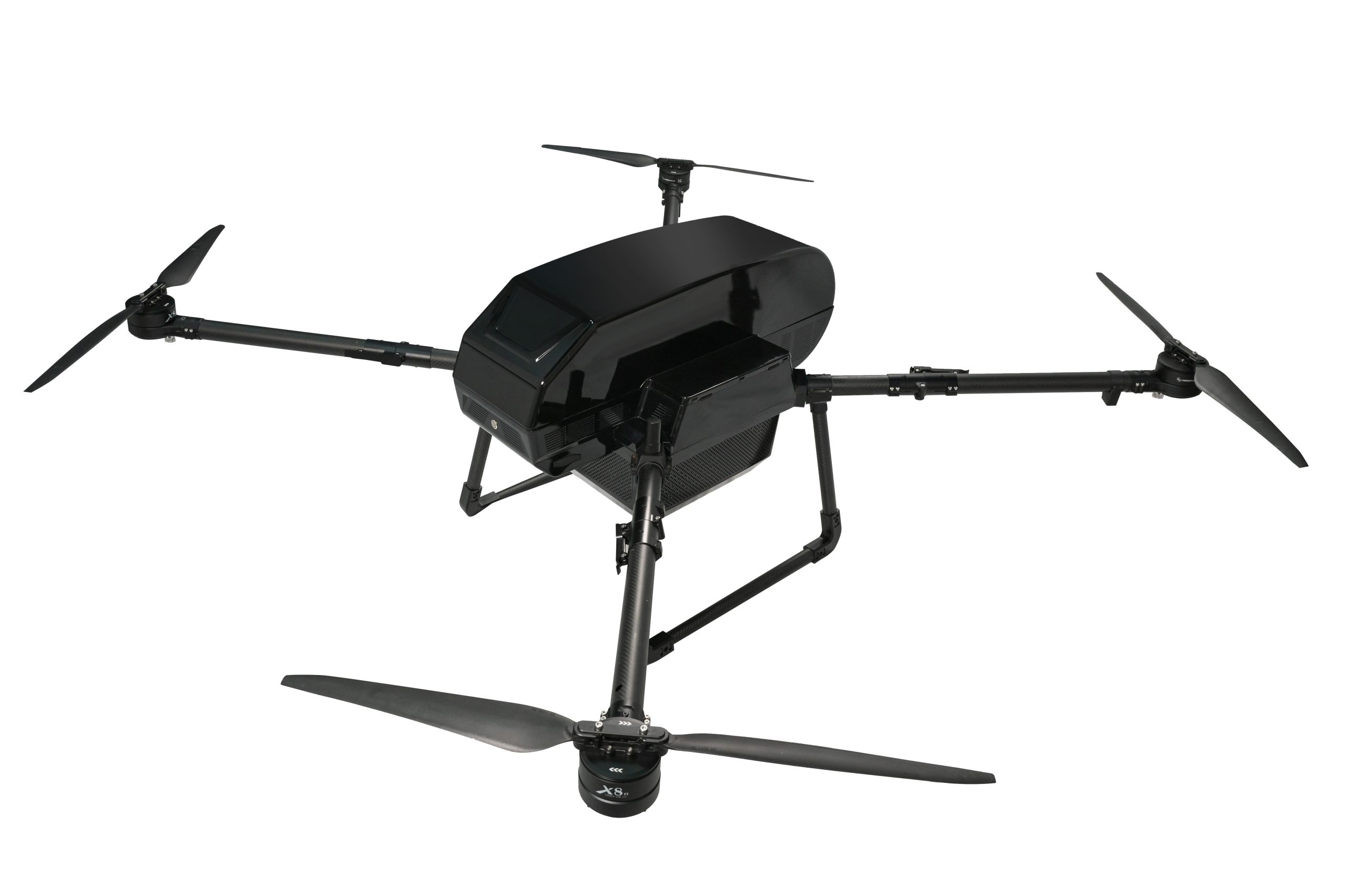-
×
 X4-7 FPV Drone with 7 Frame and BetaFlight System
1 × $5,000.00
X4-7 FPV Drone with 7 Frame and BetaFlight System
1 × $5,000.00
Blog
The Rise of FPV Drones – Why More Pilots Are Going First-Person
?️?️ 1. What Is FPV Flying?
FPV stands for “First-Person View.” Instead of observing from the ground, pilots wear goggles to see real-time video from the drone’s onboard camera, giving a true cockpit-like perspective during flight.
? 2. Precision and Control
FPV drones provide precise control, especially in tight environments. Pilots can perform flips, rolls, and sharp turns with ease—ideal for racing, freestyle tricks, and cinematic shots.
? 3. Immersive Aerial Filming
Modern FPV drones support HD digital transmission and 4K cameras, making them a favorite among filmmakers, vloggers, and influencers who want immersive, dynamic footage that can’t be captured with traditional drones.
? 4. Customization and Open Systems
Unlike locked-down consumer drones, FPV platforms are often modular and open-source. Users can upgrade motors, swap out flight controllers, or reprogram settings—perfect for hobbyists and engineers alike.
? 5. Skill Development and Community
Learning FPV flying improves reflexes and spatial awareness. It also connects you with a passionate global community of flyers, racers, and builders who constantly share knowledge and build together.
? 6. Safety and Legal Considerations
Due to their speed and agility, FPV drones require more skill and often need to comply with local regulations, including Remote ID. Beginners should always practice in simulators before going live.
✈️ Summary
FPV drones are no longer niche. They’re redefining what’s possible in aerial video, competitive flying, and real-time control. If you’re ready for a more immersive experience, FPV is the way forward.


